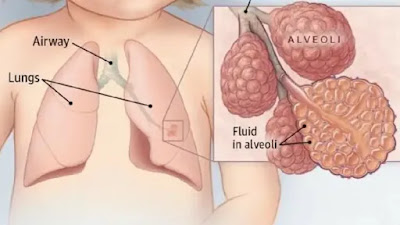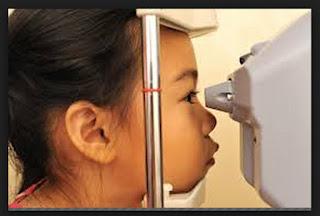Mental, neurological and psychosocial development
Mental, neurological
and psychosocial development
Why. to provide
additional support and counseling to families of children with problems of
development, and referral to any special services available in the community ,
health centre or district, in order to minimize impairments and their
consequences. Counseling and referral may involve highly specialized diagnostic
and treatment resources. however, emphasis should be placed on primary care
measures at the community level ,promotion of parents, skills in child
–rearing according to local norms, and
early stimulation of children, s learning capacity. Teenage parents and parents
isolated from their extended family may be in particular need of support.
How.
Restandardization of the denver developmental screening test (DDST)for use in
northern china has been the subject of an apparently successful large-scale
study (collaborative study group of child develop mental test 1986) such formal
developmental testing is , however, expensive, and is not recommended as an
initial screening technique by either the us preventive services task force
(USPSTF,1989) or the UK working party ( macfarlane et al., 1989) it seems
rational for parents and according to culturally appropriate milestones, e.g., speech,
crawling, walking, dressing self, feeding self. The home –based child s health
card can be a useful tool in developmental screening, with pictorial aids for
assessing the milestones. Children found to have abnormalities on initial
screening by primary care workers, or whose parents express concern about their
development, should be referred for formol testing if the relevant diagnostic
and treatment services are available on a population-wide basis.
When . frequency
will depend on culture –specific milestones for acquisition of skills. The
immunization schedule would be a rational determinant of the developmental screening schedule, with a
culturally appropriate milestone being selected for each stage.
Resource levels
required. Low for detection by primary care workers guided by the pictorial
symbols on the home based child s record. Medium, high , or very high for
definitive diagnosis and intervention by trained personnel.
Recommendation on use
of screening early detection. Screening and early detection are
recommended, using simple culturally appropriate milestones that can be
assessed by primary care workers. Formal developmental testing is not
recommended. Parents and child care workers should be taught to refer for
evaluation any child who is not progressing according to community standards,
and health care provider should be trained to ask parents and other care-givers
about any subject of concern during routine well-baby and well- child visits.
Even where resources are not available for definitive diagnosis and specialized
intervention, primary care workers can train family members and care providers
to give special attention and support in order to minimize impairments and
prevent child abuse.
Research priority .
developing primary care methods of screening and intervention.




